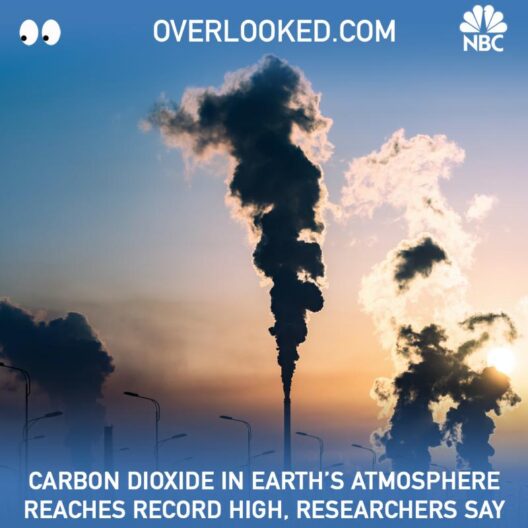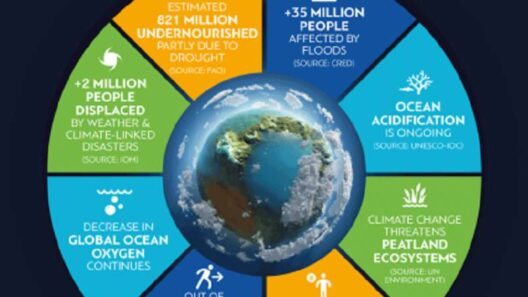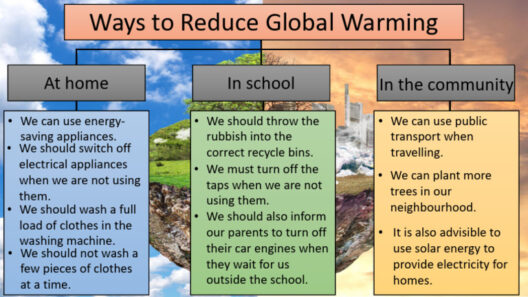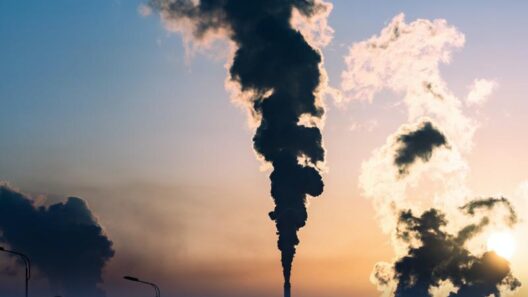Global warming, that nebulous adversary haunting our planet, is commonly associated with emissions from fossil fuels, deforestation, and industrial pollution. Yet, the narrative of climate impact is vast, encompassing even the most unexpected culprits. Among these, human flatulence finds itself at the center of a quirky yet thought-provoking discussion. The notion that something as innocuous as human farts could contribute to global warming serves as an intriguing metaphor for the broader discourse on environmental responsibility and the interconnectedness of our actions.
To understand the role of human flatulence in climate change, we must delve into the composition of what constitutes a “fart.” The primary components are nitrogen, oxygen, carbon dioxide, hydrogen, and methane. While most of these gases are relatively harmless or even benign, methane warrants a closer examination. This potent greenhouse gas, although present in smaller quantities compared to carbon dioxide, possesses a global warming potential many times higher over a short time frame. In fact, methane is approximately 28 times more effective at trapping heat in the atmosphere over a 100-year period.
Human beings contribute to methane emissions primarily through digestion. In the intestinal tract, the fermentation of undigested food by bacteria produces methane. Thus, flatulence becomes a symbolic representation of our organism’s metabolic processes, linking individual dietary choices to global outcomes. When we consume diets high in carbohydrates and certain fibers, the production of gas increases not only within our bodies but subsequently, in aggregate, across populations.
This raises a salient question: do the cumulative effects of human-produced methane significantly contribute to global climate change? The answer is nuanced. While it is established that livestock and agricultural practices are the major contributors to methane emissions, human flatulence collectively contributes a small, albeit measurable, amount to overall methane levels in the atmosphere. Estimates suggest that humans, on average, produce around half a liter of gas per day, with only a fraction of that being methane. On a global scale, it is approximated that human flatulence accounts for about 1% of total methane emissions.
Nevertheless, the significance of seemingly negligible contributions – like human flatulence – can attune us to the broader principle of the “butterfly effect,” where minor actions can lead to substantial consequences. Every morsel consumed, every dietary choice made, culminates in varying degrees of environmental impact. This underscores the importance of holistic understanding when addressing the climate crisis. The aggregate of human activity, even when it seems trivial, possesses the potential to exacerbate environmental degradation.
Addressing flatulence in climate discussions may seem trivial or comedic, but it draws attention to vital issues regarding methane emissions in general. The phenomenon is emblematic of the larger challenges we face with livestock farming, land use, and agricultural practices worldwide. Livestock alone contributes approximately 14.5% of global greenhouse gas emissions, of which methane accounts for a considerable portion. Advocacy for reduced meat consumption or shifts toward more plant-based diets could be a strategic imperative to mitigate these emissions effectively.
Moreover, this conversation prompts an exploration of individual agency in addressing climate change. Humans are often oblivious to their contributions to environmental issues, habitually disconnecting personal habits from their broader impacts. The topic of flatulence invites a more introspective assessment of personal habits, challenging individuals to reconsider dietary choices and their environmental footprints. Increased awareness about the methane emissions stemming from various sources can serve as a catalyst for behavioral change.
Flatulence, in its own right, emerges as a literary metaphor for the often-overlooked impact of everyday actions on the environment. Just as individual farts accumulate into a collective cloud of gas, so too do our day-to-day decisions aggregate into far-reaching consequences for the planet. This metaphor encapsulates the integral notion that our intimate connection with nature extends beyond grand gestures; it lies within the minutiae of our existence.
In the pursuit of a sustainable future, educational initiatives must prioritize awareness that transcends the obvious. Not only does this discussion illuminate the role of greenhouse gases in climate change, but it also encourages a more comprehensive understanding of the interdependencies that exist within our environment. Such insights can inspire action beyond dietary adjustments, fostering a culture of conscientious living.
As we engage with the subject of climate change, it is crucial to consider all variables influencing our environment, no matter how insignificant they may appear on the surface. A seemingly trivial action – such as the expulsion of gas – serves as a reminder of how interconnected we are with the natural world. Thus, the next time the atmosphere is disrupted by flatulence, we are called to remember that even the most unexpected sources of methane reflect our responsibility to the planet. We hold power; even the most minuscule emissions can serve to galvanize us toward higher consciousness regarding environmental stewardship.
In conclusion, the interplay between human flatulence and global warming challenges us to foster a more nuanced understanding of environmental impact. Rather than dismissing trepidations surrounding the exaggerated implications of such phenomena, we ought to embrace them as critical reflections of our societal habits. Our collective choices, both large and small, weave the intricate tapestry of climate change; thus, awareness and action must transcend the mundane, playing an integral role in the quest for a sustainable future.








